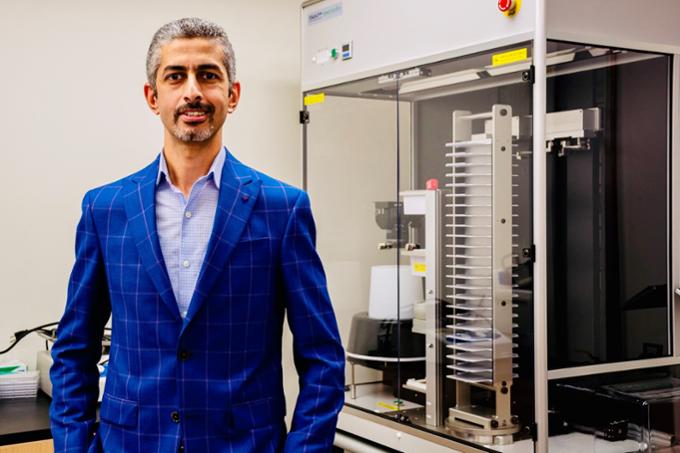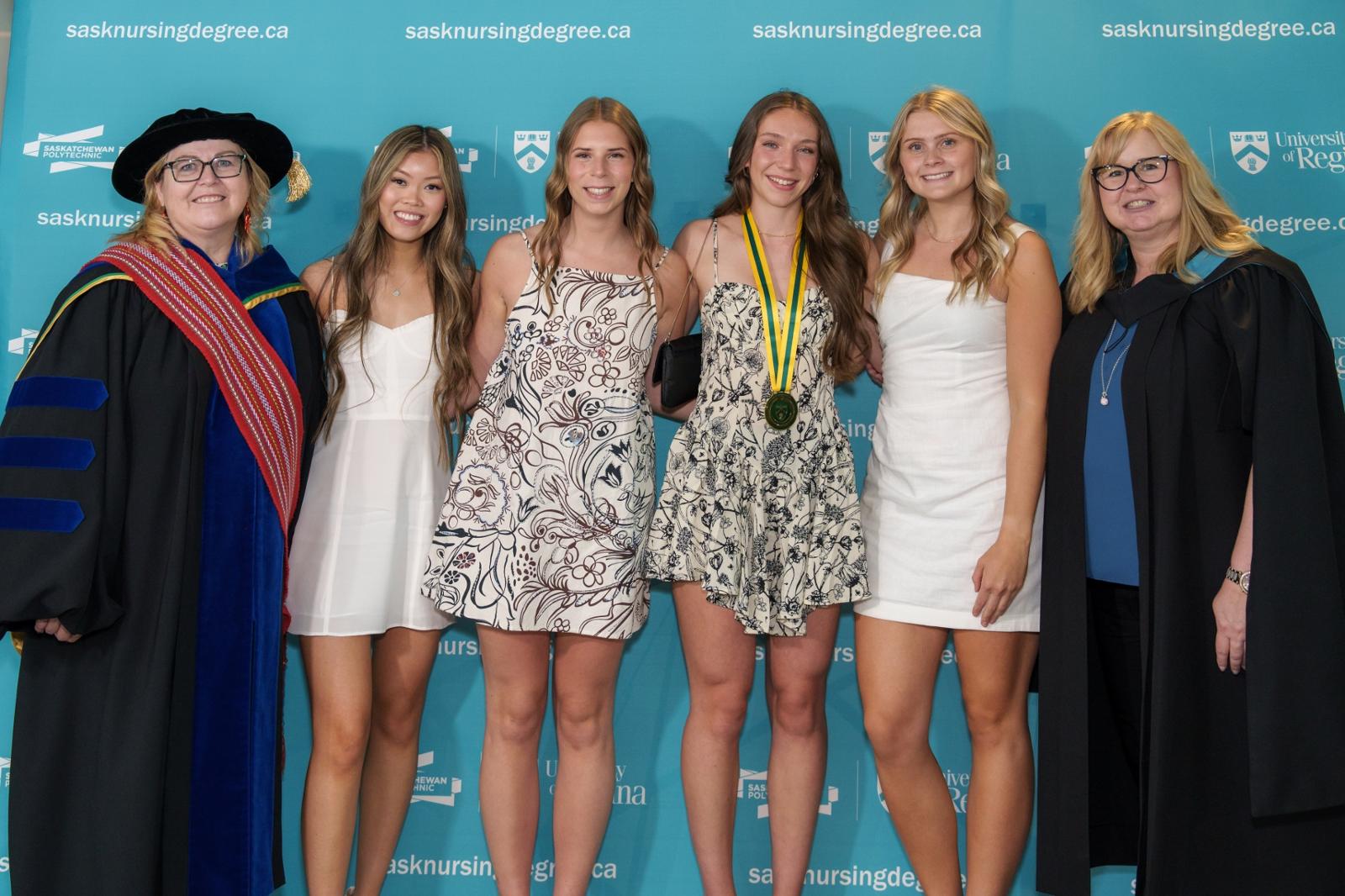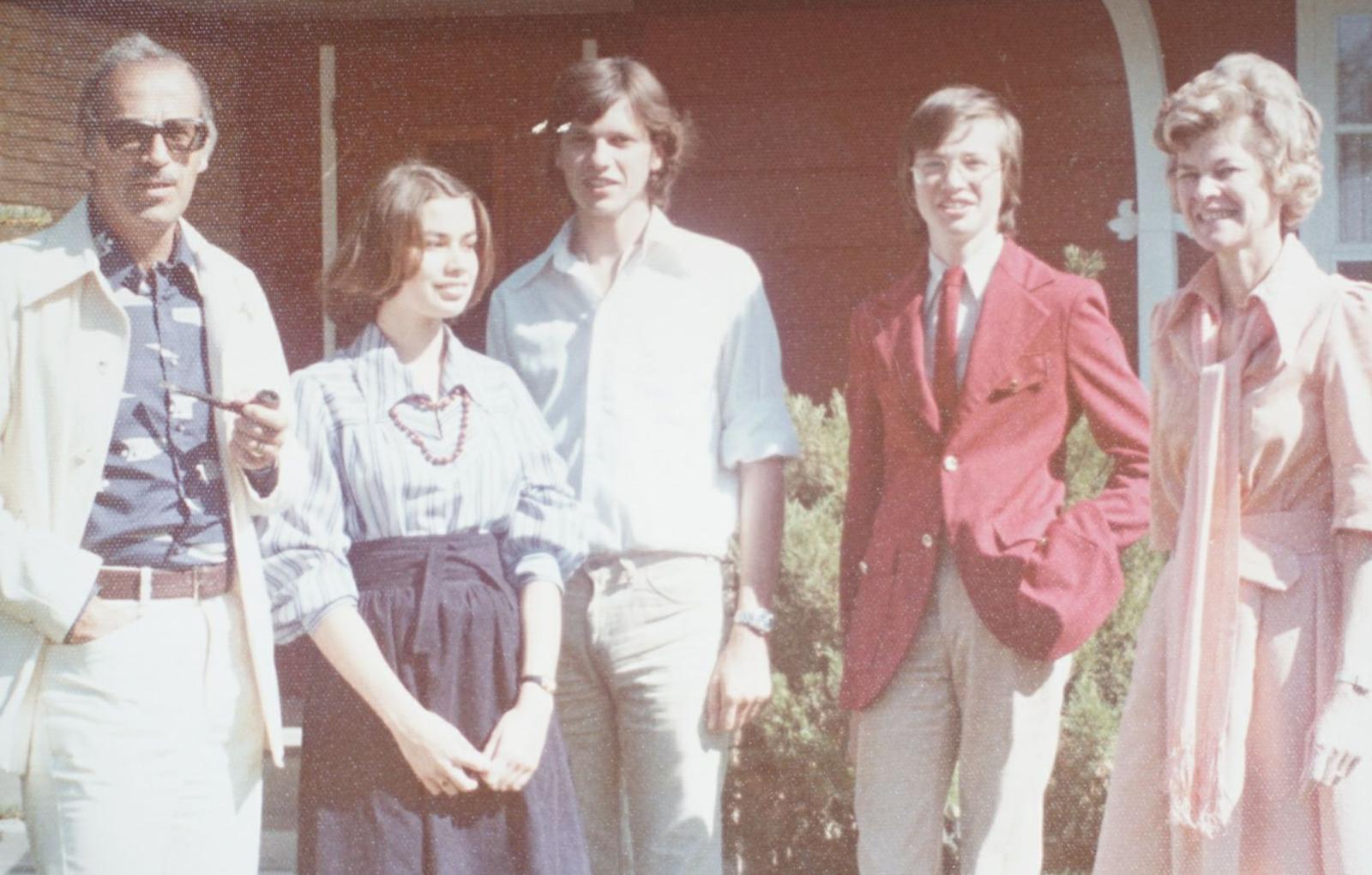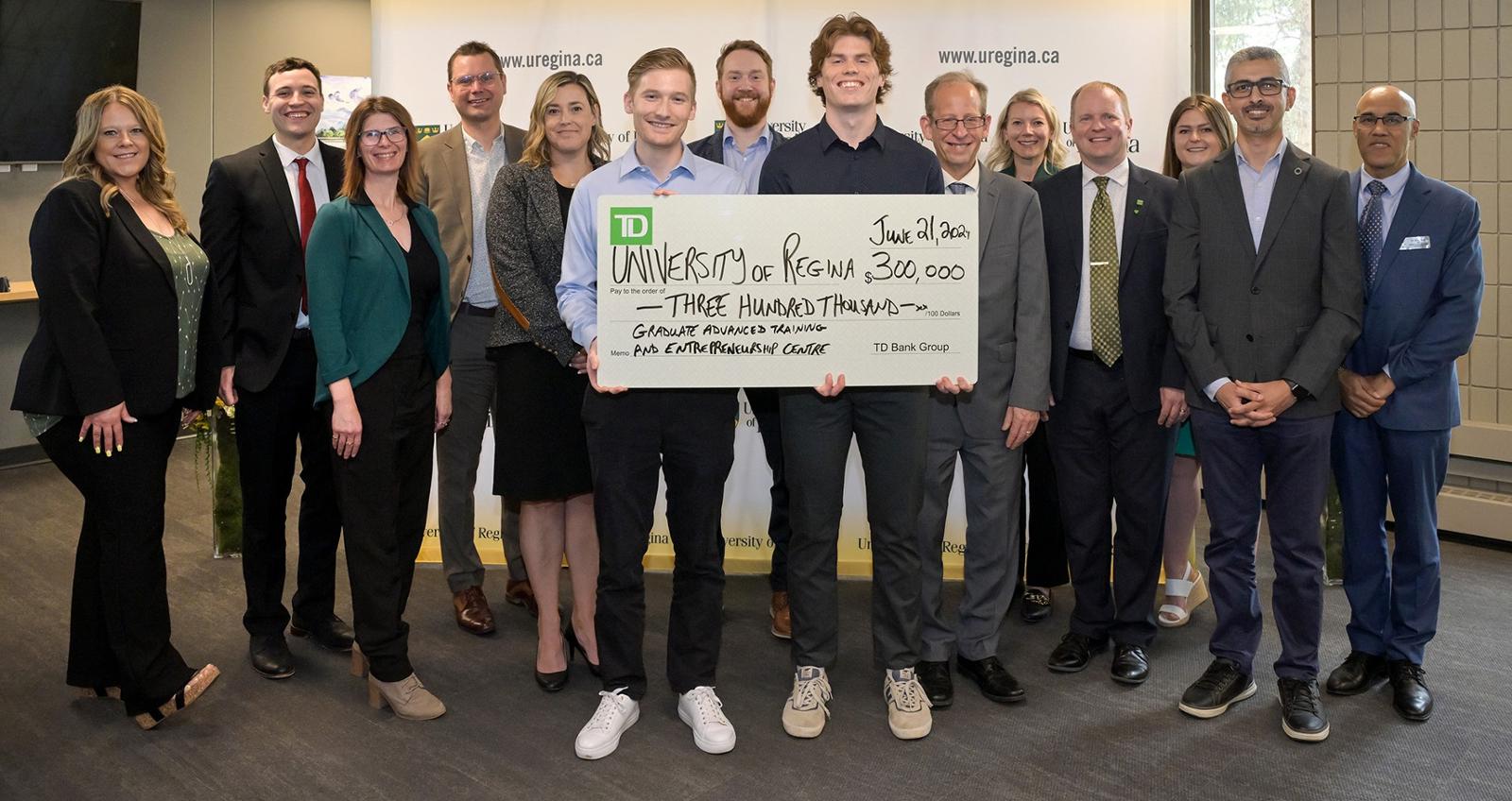The biochemistry Drug Discovery and Development class just got a lot more creative and a lot more hands on.
“The role of basic science and curiosity-based research in driving innovation - including in leading to clinical breakthroughs – has never been more important and we need to be able share it with the public in ways that capture their imaginations,” says Dr. Omar El-Halfawy, Assistant Professor of Biochemistry and Canada Research Chair in Chemogenomics and Antimicrobial Research at the U of R.
Toward that end, El-Halfawy designed an assignment that asked the students to apply and integrate many components of the course curriculum and the biochemistry program in general into a written report and then they develop an animated video using the Canva online design platform to summarize their research.
I’ve never had an assignment quite like this before … As the video was targeted to a tenth-grade level you had to learn the material really well to be able to explain it simply and effectively … I had never used Canva or created animations, but once I got the hang of it, it was really fun! Writing a paper is more passive and can be a bit dry, creating the video was much more hands-on and interactive and helped in my learning the material. — Areej Fatima, third-year biochemistry student
“The animations require them to breakdown the science and explain it to others which reinforces their learning and enhances their understanding of the concepts, especially as they consider how to make it more accessible without compromising the scientific accuracy.”
The implications of easy-to-understand science aimed at the general public are far reaching.
“The greater the public’s appreciation of science and research and understanding its importance for the betterment of society, the more support there is for research funding, acceptance of science advice and science-driven policy making, among other things.”
Making the video 100 per cent helped increase my understanding of the material as I had to break it down to a level a more general public audience would understand. — Brooklyn Anderson, a third-year biochemistry student
Fourth-year biochem student Rebecca Bowdish, says the animation component of the assignment helped her gain a deeper understanding of the subject matter. “The video needed to be designed for students at the grade 10 level so you have to have a good understanding of the material to explain it without using technical terms or concepts. Canva also allows for a lot of creative liberty which helped in conveying the passion and commitment of the researchers which I found very inspiring,” says Bowdish.
Brooklyn Anderson, a third-year biochem student agrees, “Making the video 100 per cent helped increase my understanding of the material as I had to break it down to a level a more general public audience would understand. I found the assignment more interesting and applicable than just writing a paper and it was very fun. I hope other instructors start using this type of assignment.”
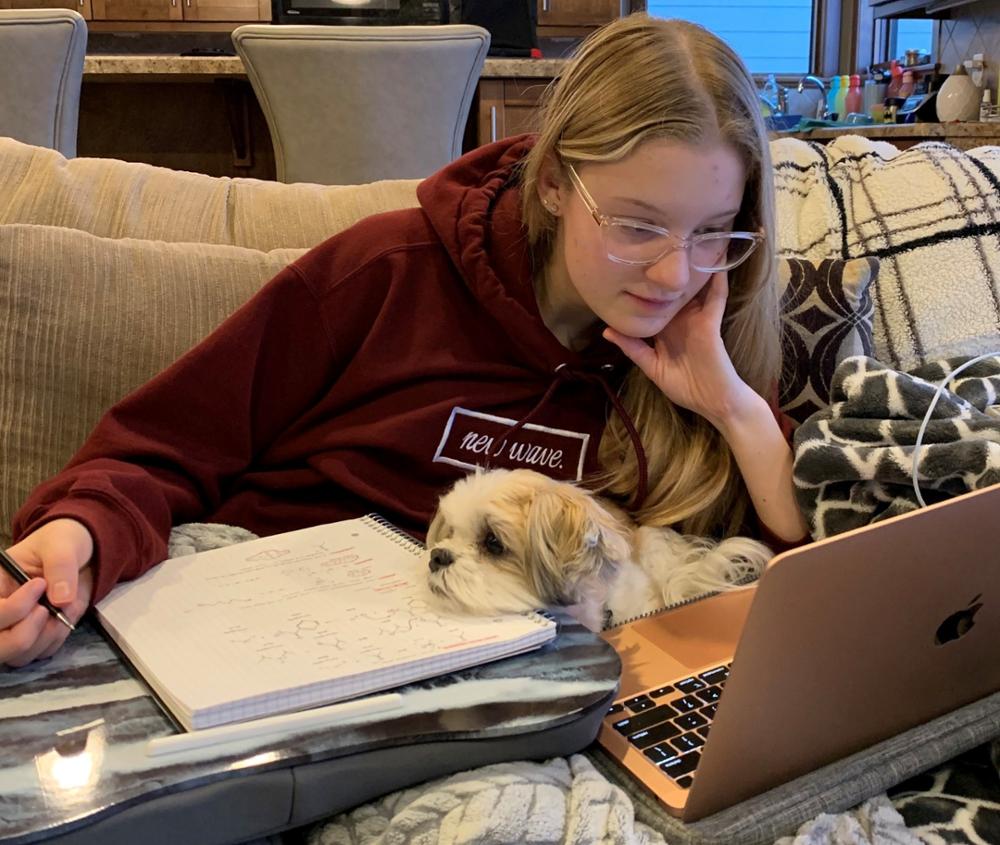
El-Halfawy says, “Incorporating an artistic element into this work, through the animation platform, helps reinforce the concepts in the students' minds, making this an unforgettable experience. Most students get creative with the various elements, such as choice of soundtrack and animation themes, which is enabled by the Canva software.”
Biochem student Kennedy Devitt, who is in her fifth year at the U of R, says, “I had never used Canva or created animations before so learning that was a lot of fun. There were also a lot of elements to the assignment: discovering the history and learning about the clinical application of the drug, writing the report and then creating a script, designing the video graphics and other elements, and trying to make it accessible to a public audience. Overall it was a very interesting assignment which I really enjoyed.”

Third-year biochem student Areej Fatima, says, “I’ve never had an assignment quite like this before and I found it to be very challenging. As the video was targeted to a tenth-grade level you had to learn the material really well to be able to explain it simply and effectively. I spent a lot of time on the assignment as I had never used Canva or created animations, but once I got the hang of it, it was really fun! Writing a paper is more passive and can be a bit dry, creating the video was much more hands-on and interactive and helped in my learning the material.”
The U of R’s Centre for Experiential and Service Learning (CESL) supported this experiential learning opportunity through the new Experiential Learning Opportunities, Resources and Education (ExpLORE) fund which allowed El-Halfawy to purchase the Canva software license used for the assignment.
“This is exactly the type of experiential learning opportunity the ExpLORE fund has been established to support so it is great to hear how well this assignment was received,” said Academic Lead (STEM) CESL Dr. Scott Murphy who is also a Professor of Chemistry with the Faculty of Science. “We anticipate putting out a formal call for proposals for the fall 2024 term and encourage students and instructors to watch for it and apply.”
Banner Photo: Biochemistry professor Omar El-Halfawy, in lab. Photo courtesy Omar El-Halfawy.
About the University of Regina
2024 marks our 50th anniversary as an independent University (although our roots as Regina College date back more than a century!). As we celebrate our past, we work towards a future that is as limitless as the prairie horizon. We support the health and well-being of our 16,700 students and provide them with hands-on learning opportunities to develop career-ready graduates. Our research enterprise has grown to include 21 research centres and 12 Canada Research Chairs and brings in more than $51.2 million in funding annually. Our campuses are on Treaties 4 and 6 - the territories of the nêhiyawak, Anihšināpēk, Dakota, Lakota, and Nakoda peoples, and the homeland of the Michif/Métis nation. We seek to grow our relationships with Indigenous communities to build a more inclusive future.
Let’s go far, together.
